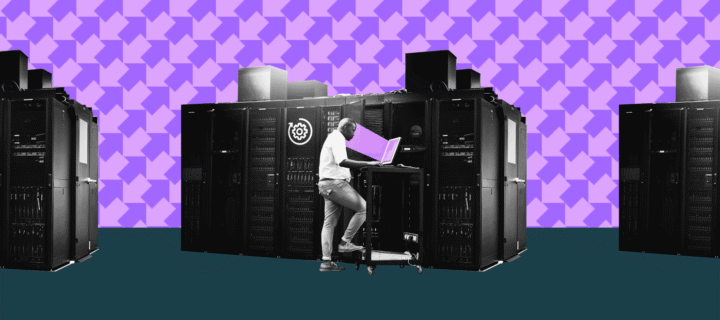Most Payment Systems Need Tech Upgrades

A survey of global payments executives found that payment solutions in use are in need of significant technology upgrades, a view shared by 79% of respondents.
The survey, conducted by Wakefield Research on behalf of global payments infrastructure provider Primer, revealed that payments are now seen as a key element for growth across a wide range of industries. However, the majority of payments executives believe that the technology base of the systems they use is outdated and in need of significant upgrades.
The survey was conducted in the United States, the United Kingdom, France, Singapore, and Australia from June 18–25. 500 payment executives from non-financial and non-banking organizations with 50 or more employees participated in the survey.
According to the report, 79% of respondents said they need a complete overhaul of the payment solutions at their companies. Around 75% of respondents predict that payment system modernization will drive their organizations’ development over the next five years. The survey also unveiled that senior management don’t consider payments to be a strategic priority for business development.
The survey also revealed that 87% of respondents see orchestration of payment solutions as a promising method of modernizing payment systems. They believe that automated coordination and management will significantly transform current payment solutions. At the same time, 89% of respondents think that it won’t be possible to modernize payment systems without significant investment, so they’re willing to invest part of the department’s budget in updating the technologies used.
Notably, the survey revealed regional differences in the priorities of payment executives. In Australia, France, and Singapore, the focus is on reducing chargebacks and fraud. In the U.K., professionals are more concerned about automation and AI implementation in payment processes, while in the U.S., the focus is on improving user experience.
A recent study showed that in 2024, the demand for government instant payment systems RTP and FedNow in the U.S. increased significantly.











